The challenge
From the apps in our smartphones to the driverless cars coming to our roads, computer programming is used everywhere in our increasingly digital world. Recruiters are always on the lookout for skilled coders, and yet they are in short supply. It is estimated that by 2025, Finland alone will be suffering a shortfall of some 25,000 programmers (Kauppalehti, 15.03.2018).
Part of the reason for this is that society has a very narrow view on what coding is about. It's widely perceived as a male-centric profession dominated by mathematics experts who have been working with computers all their lives. Indeed, only 15% of ICT students in Finland arewomen (Tieto Trendit, 29.11.2018). And education in the sector has largely been theoretical, lacking the hands-on approach that modern organizations expect from coders.
The client – a global mobile-gaming giant that itself employs many coders – felt that the best way to tackle these challenges was to establish a completely new kind of coding school in Finland.
The company's CEO wanted to base the school on the French 42 school model, where learning takes place through peer-to-peer collaboration, creative problem-solving and project based learning. The concept comes with an established curriculum, but everything else about the school and its student experience needed to be designed from scratch. The client
started a new, independent foundation to run this first 42 school in the Nordic region.


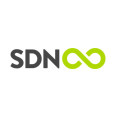
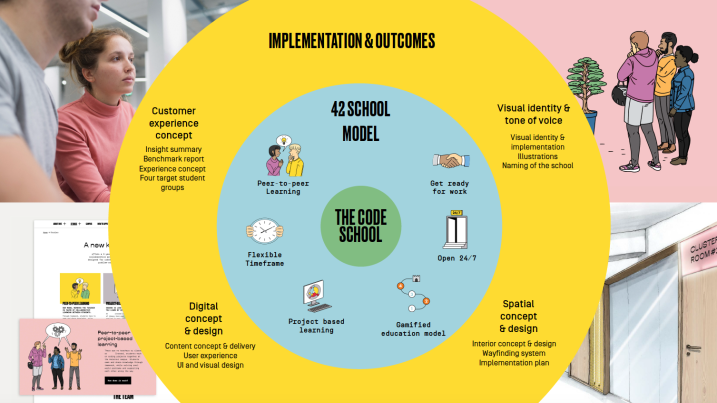
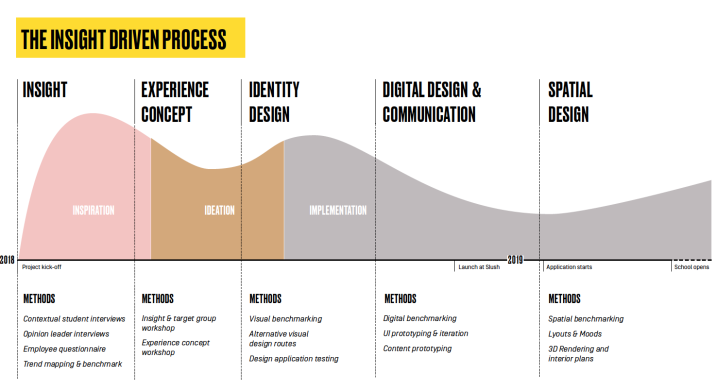
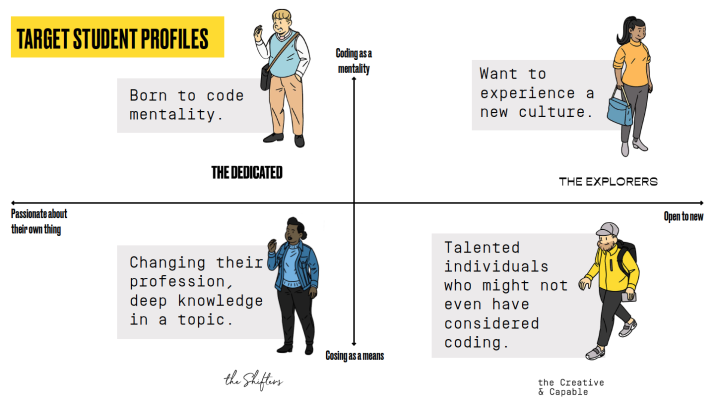
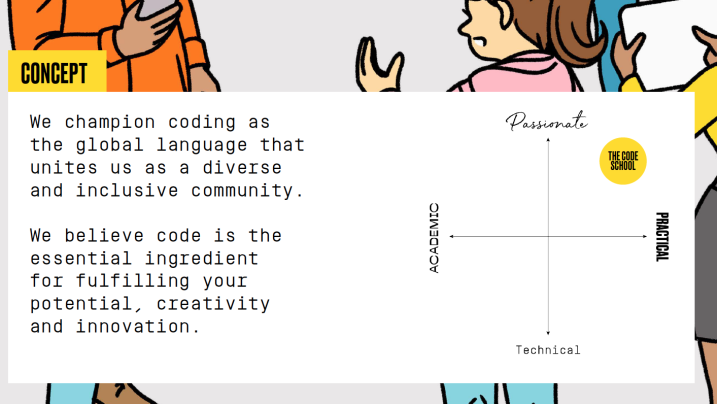
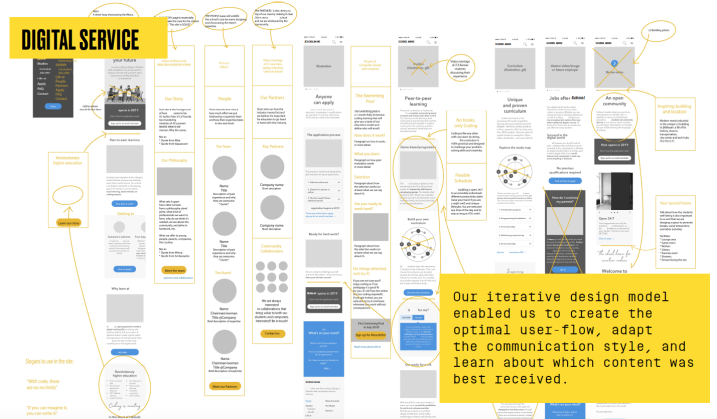
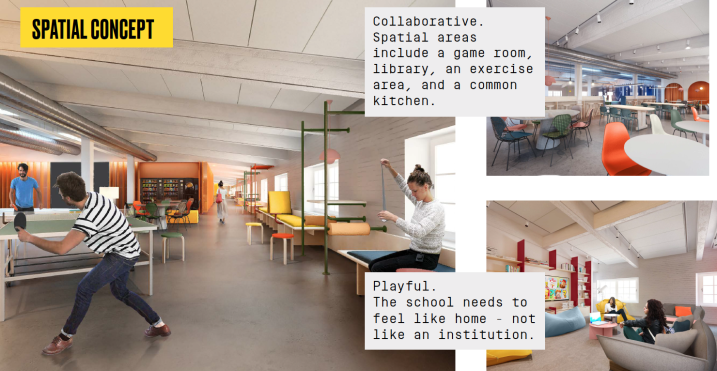
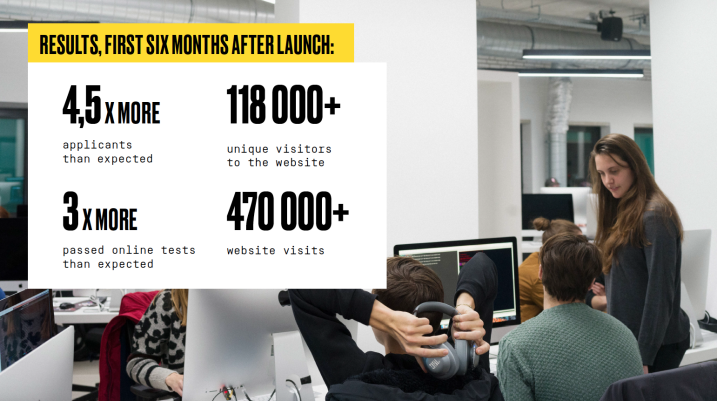
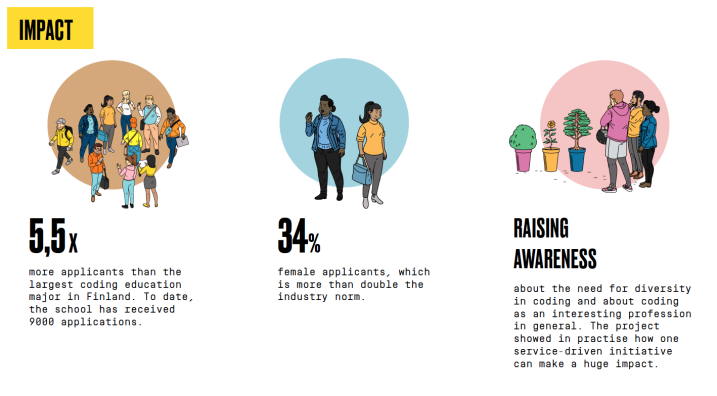
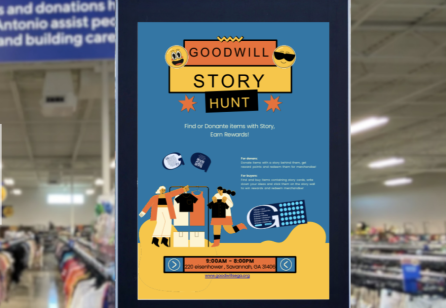
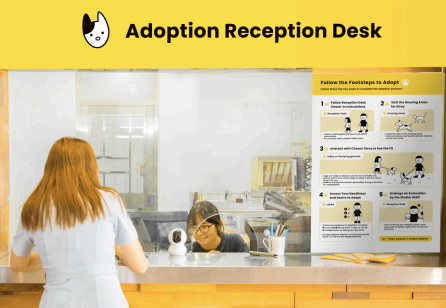
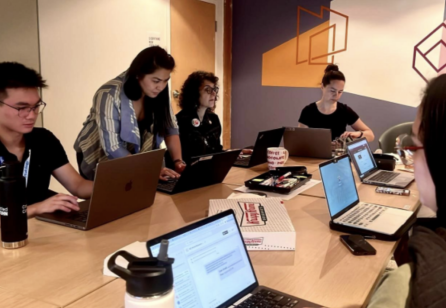
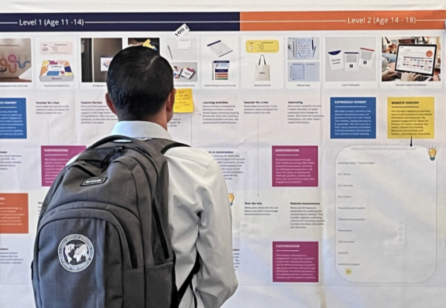

Share your thoughts
0 RepliesPlease login to comment